Recent Articles
Popular Makes
Body Types
10 of the Most Iconic American Cars
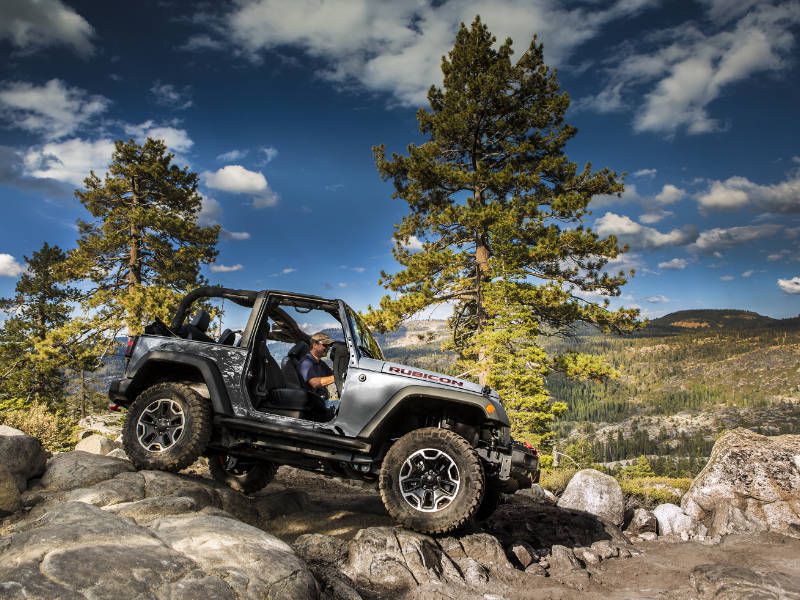
2017 Jeep Wrangler Rock Crawling Hero ・ Photo by Fiat Chrysler Automobiles
You know them when you see them. They evoke a snapshot of a moment in time. You can build a story around them. They are icons. Why do some cars become icons, while others fade from memory? Sometimes it’s a connection with a celebrity, like James Dean and his Porsche, or Magnum and his Ferrari. Other times the car itself becomes a celebrity, like Herbie the Beetle, or My Mother the Car. Usually, it’s a combination of popularity, great design, and breakthrough engineering. We Americans love our cars. This list of 10 of the Most Iconic American Cars includes some cars that had short production runs, and some that had exceptionally long runs through multiple generations. We’ve picked the model year that represents the model that is the most iconic.
1927 Ford Model T
It wasn’t the first American car, but it was the first iconic American car. Ford built over 15 million Model T vehicles between 1908 and 1927. It was truly the car that put America on wheels. Because of Henry Ford’s determination to make more and cheaper cars every year, Ford engineers were forced to innovate and simplify the Model T until it became a work of mechanical genius. The final car, the 1927 Ford Model T, is our icon because it incorporated all of the design, engineering and manufacturing advances of the line. Amazingly, the 1908 Model T retailed for about $850. By 1927, the price had dropped to around $300, making it accessible even to the workers on the line who built it.

Photo by Wikimedia Commons
1932 Ford 18 and Ford B “Deuce Coupes”
The 1932 Ford 18 and 1932 Ford B are iconic American cars not because of how they rolled off the assembly line, but because of what a generation of mechanics did to them after they already had some use. 1932 marked the first year that the Flathead V8 engine made it into Ford passenger cars, and it sparked the imagination of hot rodders and customizers. They took the ’32 Ford Tudor coupes, which they called “Deuce” (slang for “2,”) and used them as the basis for iconic street racers. The original cars were stripped down, chopped and channeled while retaining the jaunty shape of the Tudor. The V8 engines were bored out for greater displacement or even replaced entirely with souped-up racing engines. Hot Rod Culture was born in the form of an iconic American car: the Deuce Coupe.
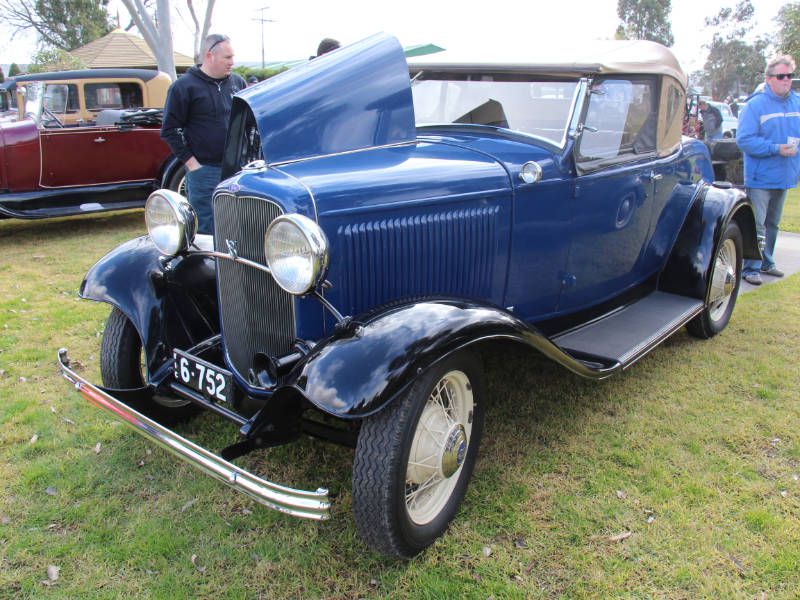
Photo by Wikimedia Commons
1948 Tucker 48
Preston Tucker was a man with a dream, and that dream led to the production of 51 examples of his 1948 Tucker 48, an iconic American car. Tucker was an iconoclast and a rebel, and when he was unable to interest any of the established car companies in his ideas, he decided to launch production of his own vehicle. The surviving examples are strikingly unique, most easily distinguished by their three-headlight array, which places one headlight at the center of the front fascia. That center beam turns with the steering wheel, providing illumination through curves – a great idea. The 48 was a rear engine/rear-wheel drive vehicle, great for traction and handling. It had safety features like a perimeter frame, an integrated roll bar and a padded dash, all early safety innovations. Rumors of fraud sunk the Tucker company before it could flourish, but the 48 is still an iconic American car.

Photo by Wikimedia Commons
1957 Chevrolet Bel Air
Chevy made the Bel Air from 1951 to 1980, but the iconic American car in the family was the 1957 Chevrolet Bel Air. The two-door models are most prized, but the sedan and wagon variants are also iconic. It’s the fins, man! America was at the beginning of the space age, and Chevy’s designers incorporated rocket imagery into the Bel Air from stem to stern, especially stern. The jaunty fins served no functional purpose, they were just for decoration and pizzazz. But combined with the rocket hood emblem, the contrasting two-tone paint job, and the near perfect body design, the ’57 Chevy was popular with families, teens, hot rodders and everybody else. Today, the iconic vehicle still has a great following and brings memories of a more innocent and optimistic time.
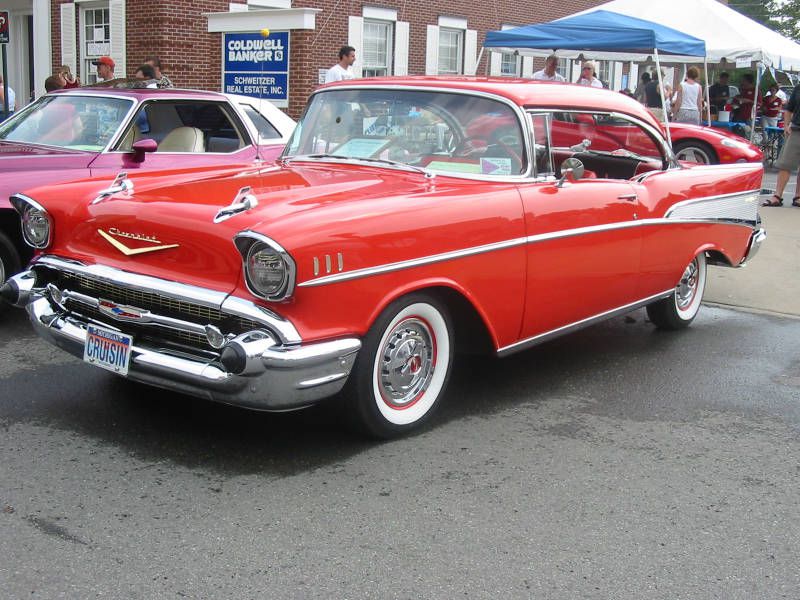
Photo by Wikimedia Commons
1959 Cadillac Eldorado
Cadillac’s flagship coupe and convertible from 1953 to 2002 was the Eldorado. The 1959 Cadillac Eldorado is the iconic American car from the group. While many cars had incorporated the idea of fins into their design in the late 1950s, in 1959 Cadillac took the idea to an extreme with the outrageous Eldorado. Its fins were the largest and most flamboyant on the road, punctuated by red bullet taillights. The long, low coupe ended with such a strong statement that it could not be ignored. The only problem was that the fins were so prominent that they affected the car’s handling at speed, messing with the aerodynamics in unpredicted ways. The 1959 Eldorado represented the end of the fin race, as Cadillac and other manufacturers trimmed down or eliminated fins in their designs soon thereafter.
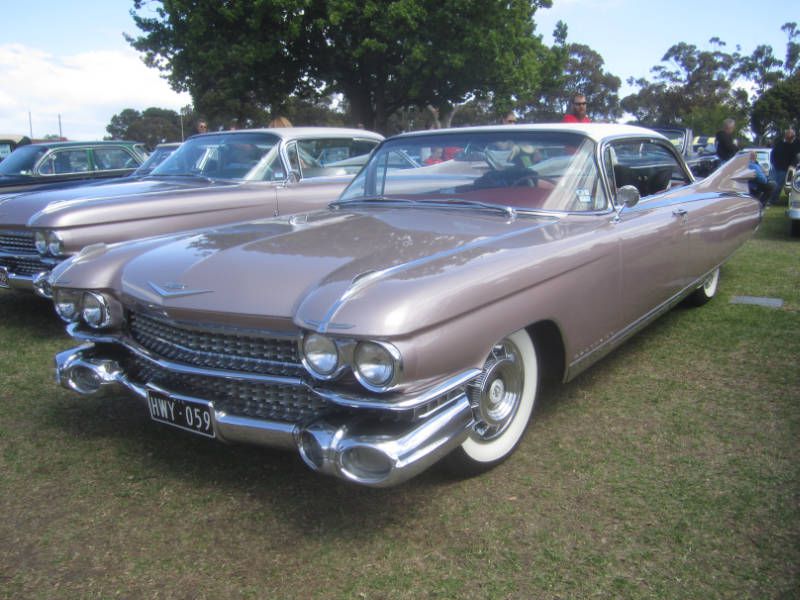
Photo by Wikimedia Commons
1961 Lincoln Continental
On November 22, 1963, President John F. Kennedy was assassinated while riding through Dealey Plaza in Dallas, Texas. The vehicle in which he was riding, a 1961 Lincoln Continental limousine codenamed “X-100,” became an iconic American car. Lincoln built the Continental from 1939 to 2002, with a few breaks, and have revived the nameplate for the 2017 model year. But X-100 is the icon, with its suicide doors, prestigious appearance and the indelible connection to the tragic events. The actual car is on display at the Henry Ford Museum in Detroit, a sad relic to the end of the Kennedy presidency.
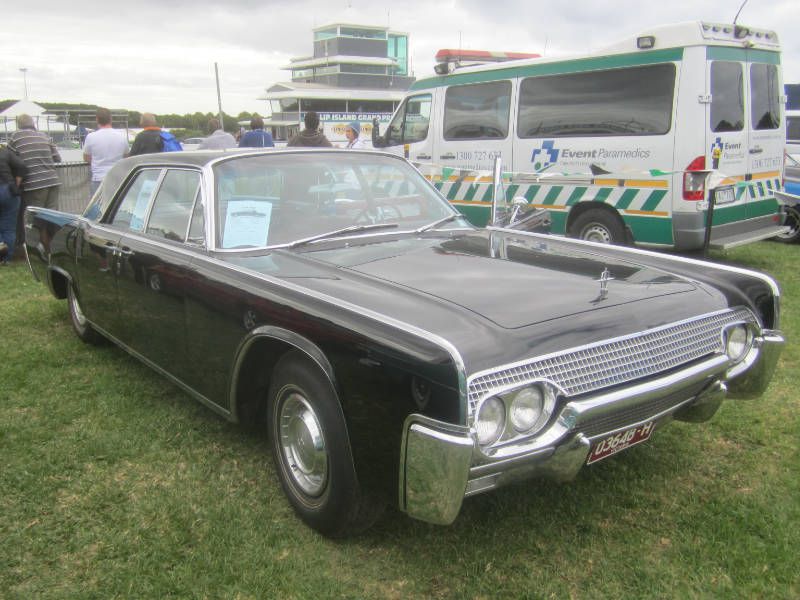
Photo by Wikimedia Commons
1965 Ford Mustang
The original Ford Mustang started a pony car revolution that has raged on to the present day. Over the 50-plus years of Mustang production, there have been several models that could have contended for the list of iconic American cars, including the 1971 Mustang Sportroof “Eleanor” and J. Mays’ 2005 retrofuturist redesign of the fifth-generation car. But the original Mustang wins out, thanks to its revolutionary and impactful design. A 1965 Mustang (or 1964-1/2, for enthusiasts) is instantly recognizable, with its long hood, short tail, and tough stance. It was an instant hit and spawned a class of competitors that changed the automotive industry and echoed the youth movement in our culture.
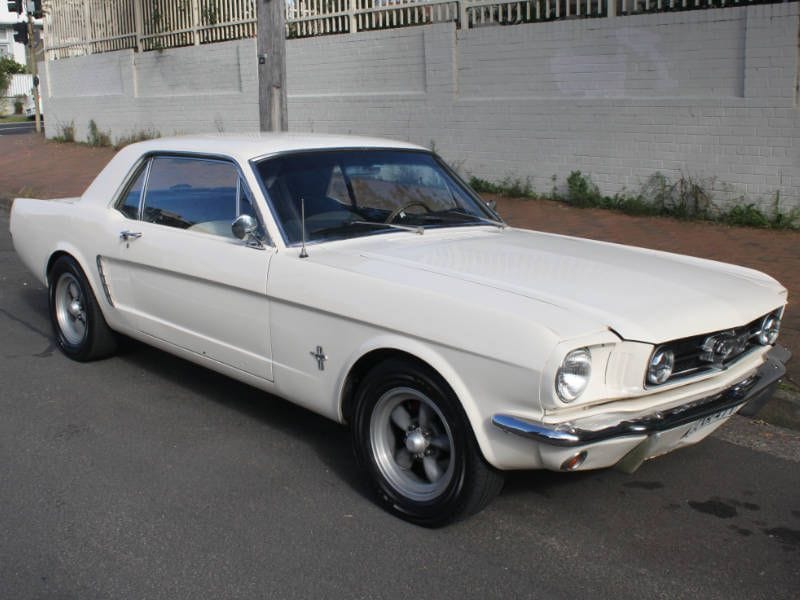
Photo by Wikimedia Commons
1967 Chevrolet Corvette
The American sports car, Corvette has been rolling off of the General Motors line for seven generations since 1953. At the end of the second generation (C-2), the fiberglass-bodied two-seater hit its design peak and reached the status of an iconic American car with the 1967 Chevrolet Corvette Sting Ray. Though the C-1 Corvette is beautiful, the C-2 Corvette is both beautiful and nasty. It is a brutal, iconic design that conveys power, agility, and assertiveness, and was a truly capable road racing machine. The Sting Ray name really fit this car, which looked like it had emerged from the ocean’s depths to swoop along our roadways.

Photo by Wikimedia Commons
1977 Pontiac Trans Am
Sometimes a car, a movie, and a star conspire to create an iconic American car, and that’s certainly the case with the 1977 Pontiac Trans Am. Trans Am was a top-trim level variant of Pontiac’s pony car, the Firebird. When Burt Reynolds took to the highway in 1977’s “Smokey and the Bandit,” he did it in a black 1977 Pontiac Trans Am, complete with “screaming chicken” graphics on the hood and a T-top roof. The movie was an enormous hit, and an iconic American car was born. The ’77 Trans Am put out just 220 hp from its 6.6-liter V8, but that didn’t stop hundreds of thousands of young buyers from ordering their own T/A over the next two years, seeking iconic stature of their own.
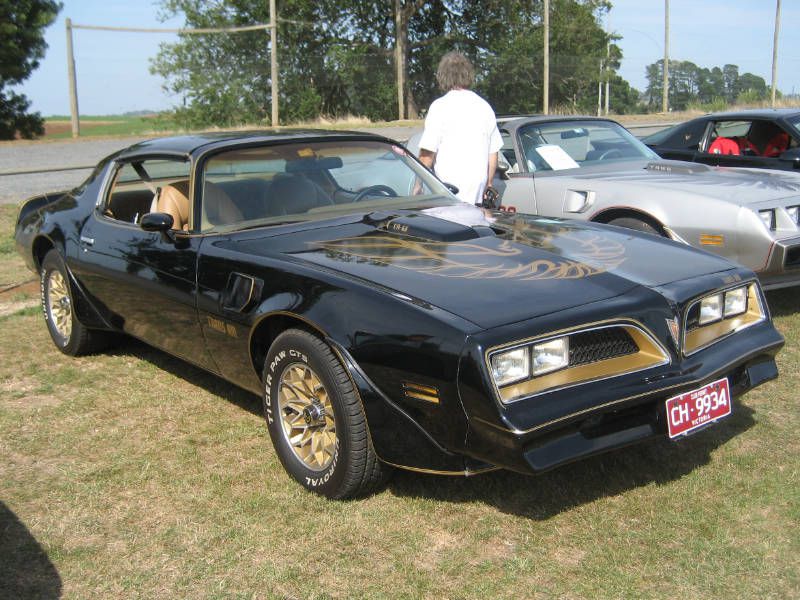
Photo by Wikimedia Commons
2017 Jeep Wrangler
The story behind the 2017 Jeep Wrangler stretches all the way back to World War II. Wilys built the original Jeeps (no one really knows where the name came from) as military vehicles, and after the war, returning vets snatched up surplus vehicles as cheap, rugged transportation. Over decades of changing ownership and engineering refinement, the Jeep Wrangler developed into the iconic American car that is built today. It still retains several features from the original car: the seven-bar grille, the convertible top, fold-down windshield and removable doors, among others. No other current vehicle has the military look and stance of a Wrangler, and few vehicles can match its go-anywhere capability.
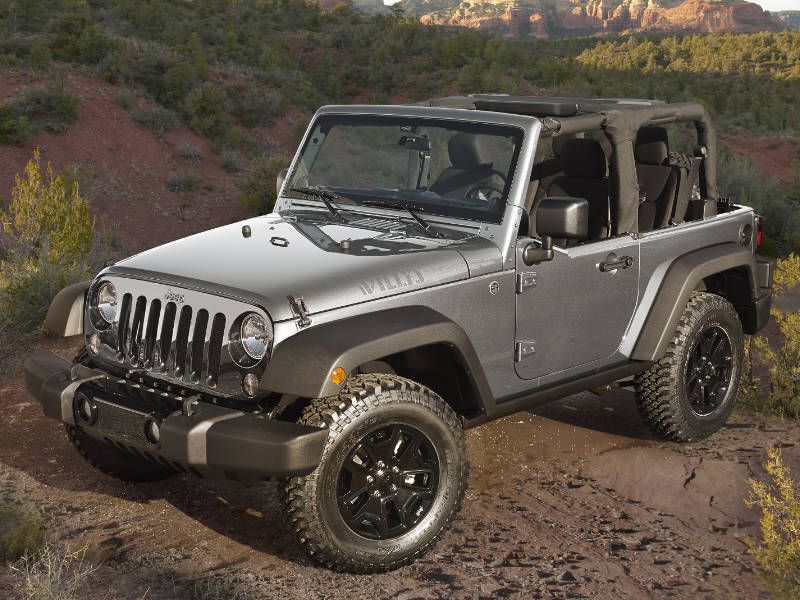
Photo by Fiat Chrysler Automobiles